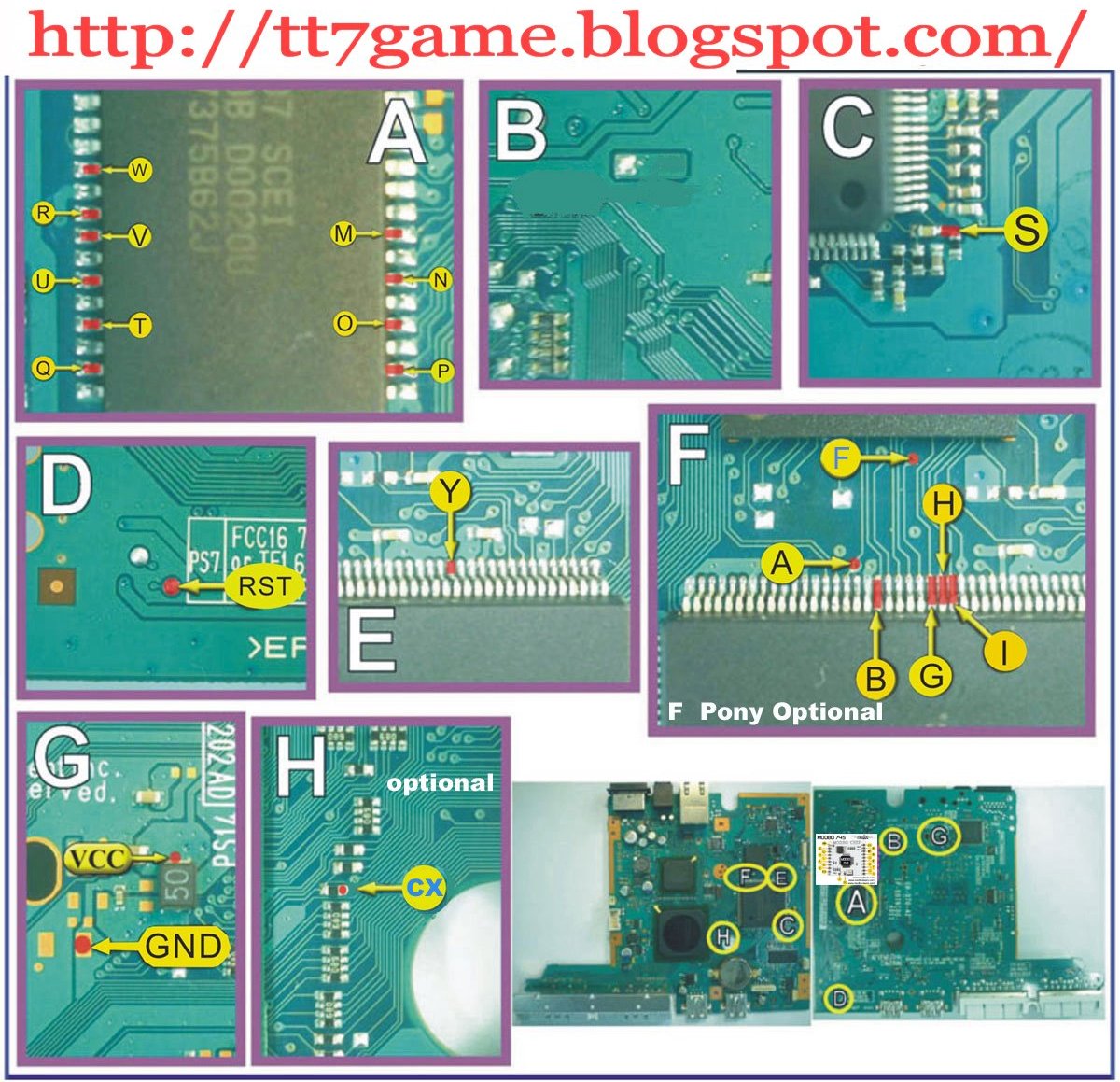Download Dev21 Untuk Ps2 Bios
Download Playstation 2 Bios • Emulators @ The Iso Zone • The Ultimate Retro Gaming Resource.Missing. Feb 14, 2008 - As observed with ERα-bound promoters, several distal ERα binding sites were shown to include FOXA1 recognition motifs. Both groups demonstrated that ablation of FOXA1 expression in MCF-7 cells suppressed ERα binding to the TIFF (pS2) promoter and hindered the induction of TIFF expression by E2.
The development of the musculoskeletal system is a great model to study the interplay between chemical and mechanical inter-tissue signaling in cell adhesion, tissue morphogenesis and differentiation. In both vertebrates and invertebrates (e. One Indin Girl Hindi Pdf. g., Drosophila melanogaster) the formation of muscle-tendon interaction generates mechanical forces which are required for myotendinous junction maturation and tissue differentiation.

In addition, these forces must be withstood by muscles and tendons in order to prevent detachment from each other, deformation or even losing their integrity. Extracellular matrix remodeling at the myotendinous junction is key to resist mechanical load generated by muscle contraction. Recent evidences in vertebrates indicate that mechanical forces generated during junction formation regulate chemical signaling leading to extracellular matrix remodeling, however, the mechanotransduction mechanisms associated to this response remains elusive. Disciples Ii Gallean`s Return Spolszczenie.
In addition to extracellular matrix remodeling, the ability of Drosophila tendon-cells to bear mechanical load depends on rearrangement of tendon cell cytoskeleton, thus studying the molecular mechanisms involved in this process is critical to understand the contribution of mechanical forces to the development of the musculoskeletal system. Free Download Pedigree Forms more. Here, we review recent findings regarding the role of chemical and mechanical signaling in myotendinous junction formation and tendon differentiation, and discuss molecular mechanisms of mechanotransduction that may allow tendon cells to withstand mechanical load during development of the musculoskeletal system. Myotendinous junction formation in vertebrates and Drosophila. (A) Scheme of vertebrate myotendinous junction formation. Mechanical stress on the ECM may cause the release of the secreted TGFβ from the large latent complex (LLC) and activation.
TGFβ-ligands are secreted bound to TGFβ-binding proteins which form a complex with the large latency complex (LLC) in the ECM, capturing TGFβ and precluding its binding to TGFβ-receptors (Wipff et al.,; Maeda et al.,; Figure ). Shearing forces generated during muscle contraction may stimulate TGFβ release from the LLC through its degradation by proteases, allowing its binding to the receptor (Figure ). Moreover, it may promote the activation of Integrin signaling through the binding of the RGD motifs present on the latency TGFβ binding proteins associated to LLC (Munger and Sheppard,; Subramanian and Schilling,; Figure ). TGFβ signaling maintains Scx expression under normal muscular-load regime in mice (Maeda et al.,, ) and in response to mechanical stress promotes expression of Integrins (Popov et al., ). Thus, different mechanotransduction mechanisms appear to function at the ECM levels, activating either TGFβ or Integrin signaling. In vertebrates, recent evidence have shown that mechanical forces appears to be required for muscle development.
